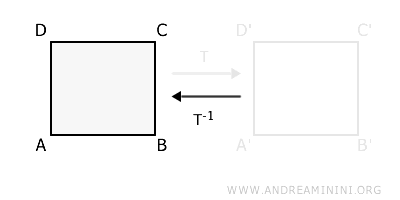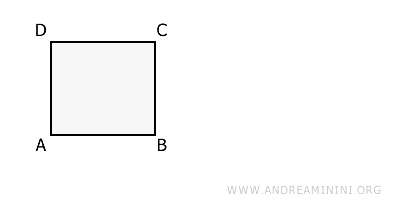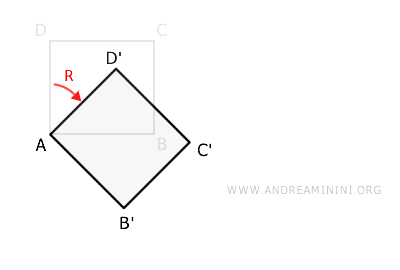Inverse Geometric Transformations
An inverse geometric transformation is the process that reverses the effects of an initial geometric transformation.
In other words, the inverse transformation is what brings a shape or object back to its original state when applied after the initial transformation.
Just like the original, the inverse is still considered a geometric transformation.
Note: Mathematically, if a transformation is represented by a matrix A, its inverse is represented by the inverse matrix A-1, such that multiplying matrix A by A-1 yields the identity matrix A⋅A−1=I. This means that applying A followed by A-1 leaves the object unchanged, and the same concept applies in geometry.
A Practical Example
Let's consider a geometric shape on a plane.

Now, let's apply a translation T that moves the shape 5 centimeters to the right.
This translation is a geometric transformation.

The inverse of this transformation is a translation T-1 that moves the shape 5 centimeters to the left.

Essentially, the inverse transformation undoes the effect of the original transformation.
Combining the geometric transformation T with its inverse T-1 results in the identity I.
T∘T−1=I
Example 2
Let's use the same shape from the previous example.

This time, let's apply a rotation R of 45° clockwise, using point A as the center.
Rotation, like translation, is a geometric transformation.

The inverse of this transformation R-1 is a 45° counterclockwise rotation.

Once again, the inverse transformation cancels out the effect of the initial transformation.
Combining the geometric transformation R with its inverse R-1 results in the identity I.
R∘R−1=I
And so on.
